How to Backpack with a Pet: Tips for Adventurous Pet Owners
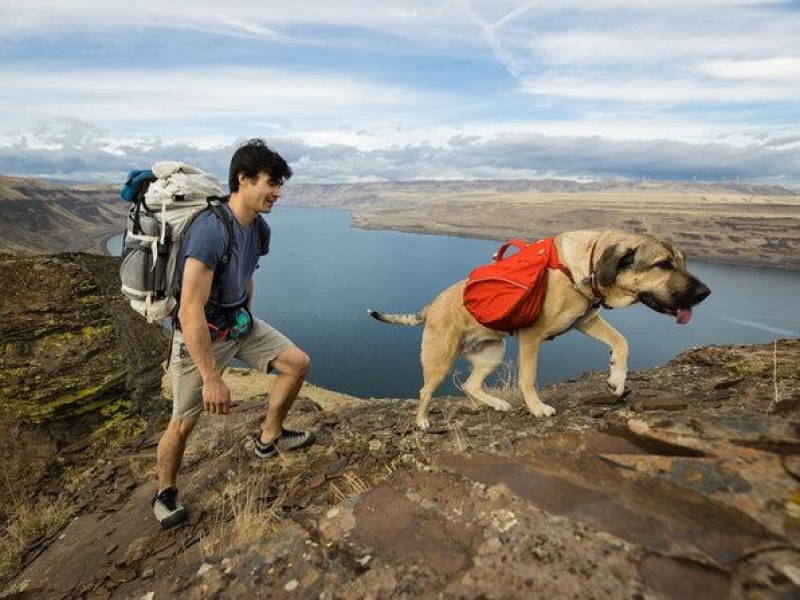
1. Choosing the Right Pet for Backpacking
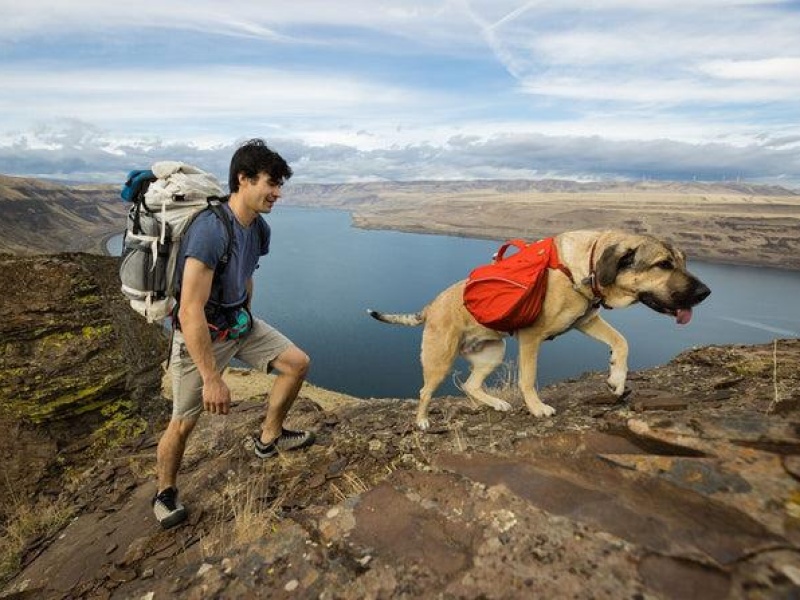
Not all pets are suited for backpacking adventures. Dogs, particularly breeds like Labrador Retrievers, Border Collies, and Australian Shepherds, are often great companions for outdoor activities due to their energy levels and adaptability. Smaller pets, such as cats or rabbits, may not fare as well on long hikes or rugged terrains. Before deciding to bring your pet along, consider their temperament, physical abilities, and overall health. A visit to the vet can help determine if your pet is fit for the journey. Remember, the goal is to ensure both you and your pet have a safe and enjoyable experience.
2. Essential Gear for Backpacking with a Pet
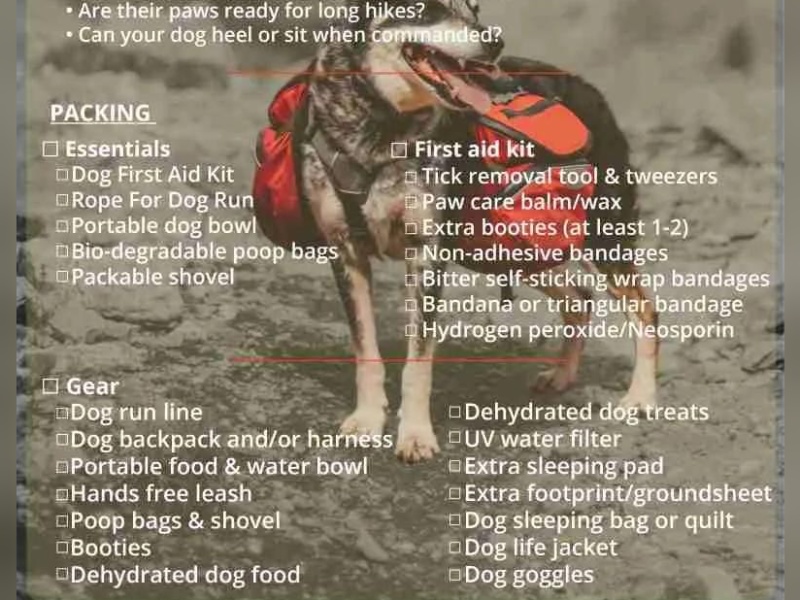
Packing the right gear is crucial for a successful backpacking trip with your pet. Start with a sturdy, comfortable harness and leash to keep your pet secure. A collapsible water bowl and portable water filter are essential for keeping your pet hydrated. Don’t forget a lightweight, durable pet backpack if your pet is small enough to carry. For larger pets, consider a doggy saddlebag to distribute the weight of their supplies. Other must-haves include a first-aid kit tailored for pets, a tick remover, and a reflective vest for visibility. Pack enough food and treats, and bring a small tarp or blanket for your pet to rest on during breaks.
3. Training Your Pet for the Trail
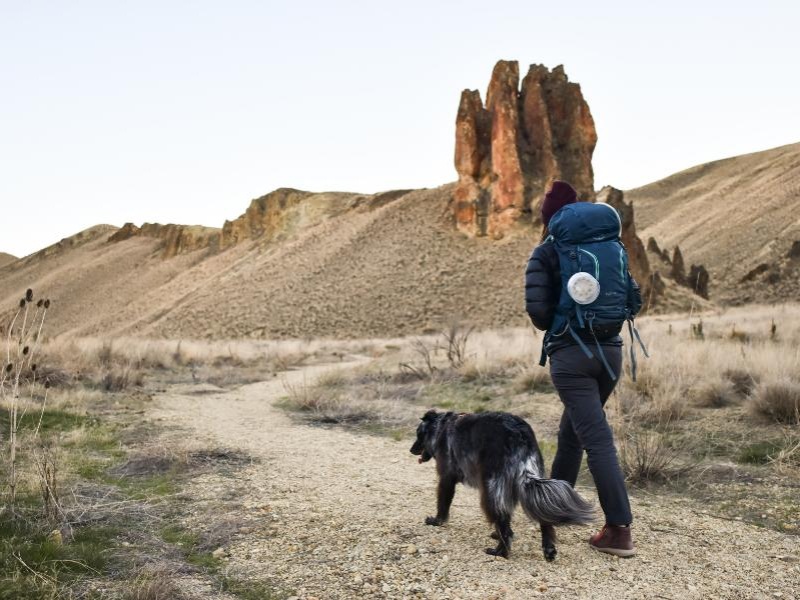
Training is key to ensuring your pet is trail-ready. Start by acclimating your pet to walking on different terrains, such as gravel, dirt, and rocky paths. Practice commands like "stay," "come," and "leave it" to ensure your pet responds well in unfamiliar environments. Gradually increase the length of your walks to build your pet’s stamina. If your pet will be carrying a backpack, introduce it slowly, adding weight over time. Socialization is also important; your pet should be comfortable around other animals and people. A well-trained pet will not only make your trip more enjoyable but also safer for everyone involved.
4. Planning Your Route with Your Pet in Mind

When planning your backpacking route, consider your pet’s needs and limitations. Choose trails that are pet-friendly and avoid areas with extreme weather conditions or dangerous wildlife. Research the terrain and elevation gain to ensure it’s manageable for your pet. Look for trails with access to water sources, as staying hydrated is crucial for both you and your pet. Check the regulations of the area you plan to visit; some national parks and wilderness areas have restrictions on pets. Always have a backup plan in case the trail conditions change or your pet shows signs of fatigue or distress.
5. Keeping Your Pet Safe on the Trail
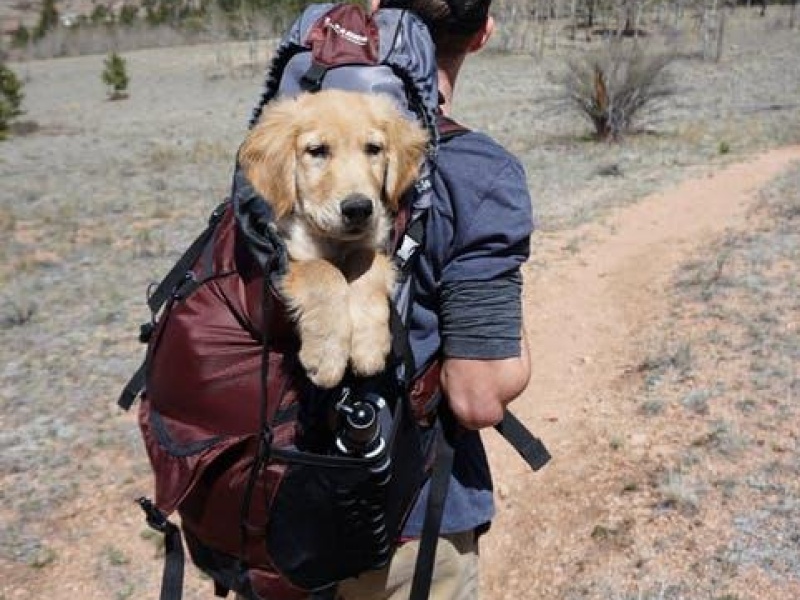
Safety should always be a top priority when backpacking with your pet. Keep your pet on a leash to prevent them from wandering off or encountering wildlife. Be mindful of the temperature; pets can overheat quickly, especially in hot weather. Provide plenty of water and take breaks in shaded areas. Watch for signs of exhaustion, such as excessive panting or lagging behind. Protect your pet from ticks, fleas, and other pests by using appropriate repellents and checking them regularly. In case of an emergency, have a plan for getting your pet to safety, whether it’s carrying them out or calling for help.
6. Managing Your Pet’s Nutrition and Hydration
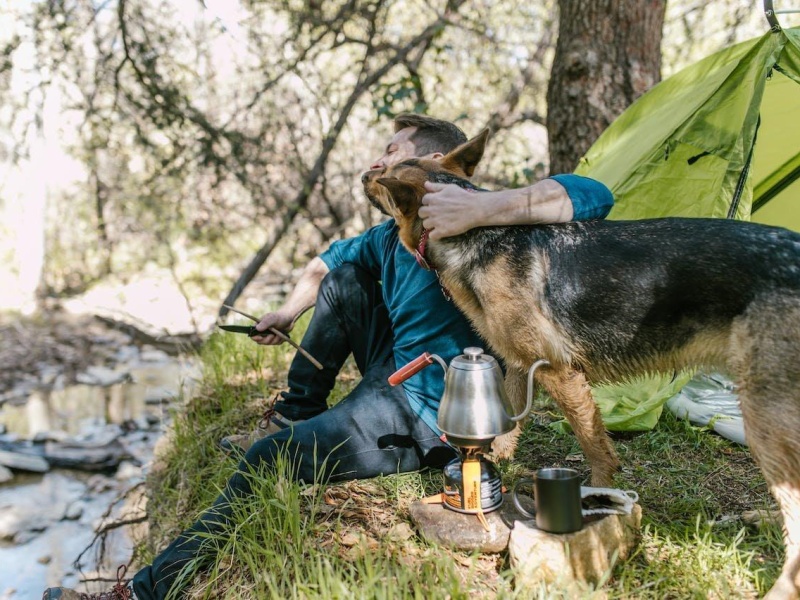
Proper nutrition and hydration are vital for your pet’s well-being on the trail. Pack enough food for the entire trip, plus a little extra in case of delays. Choose high-energy, lightweight options that are easy to carry. Keep your pet’s feeding schedule consistent to avoid digestive issues. Hydration is equally important; always carry enough water for both you and your pet, and take advantage of natural water sources when safe. Be cautious of stagnant water, which can harbor harmful bacteria. If your pet is reluctant to drink, try adding a bit of broth to their water to encourage them.
7. Dealing with Emergencies on the Trail

Even with careful planning, emergencies can happen. Be prepared by carrying a pet-specific first-aid kit that includes items like bandages, antiseptic wipes, and tweezers. Know basic first-aid procedures for pets, such as how to treat cuts, sprains, or insect bites. If your pet becomes ill or injured, assess the situation and decide whether to continue or turn back. In severe cases, you may need to seek veterinary care immediately. Always have a way to contact emergency services, whether it’s a satellite phone or a whistle. Being prepared can make all the difference in an emergency situation.
8. Respecting Nature and Other Hikers

When backpacking with your pet, it’s important to be a responsible trail user. Always follow Leave No Trace principles, including packing out all waste, including your pet’s. Keep your pet under control to avoid disturbing wildlife or other hikers. Be courteous and yield the trail to others, especially in narrow or crowded areas. If your pet is prone to barking or aggressive behavior, consider using a muzzle or leaving them at home. By respecting nature and other hikers, you help ensure that trails remain open and enjoyable for everyone.
9. Post-Trip Care for Your Pet
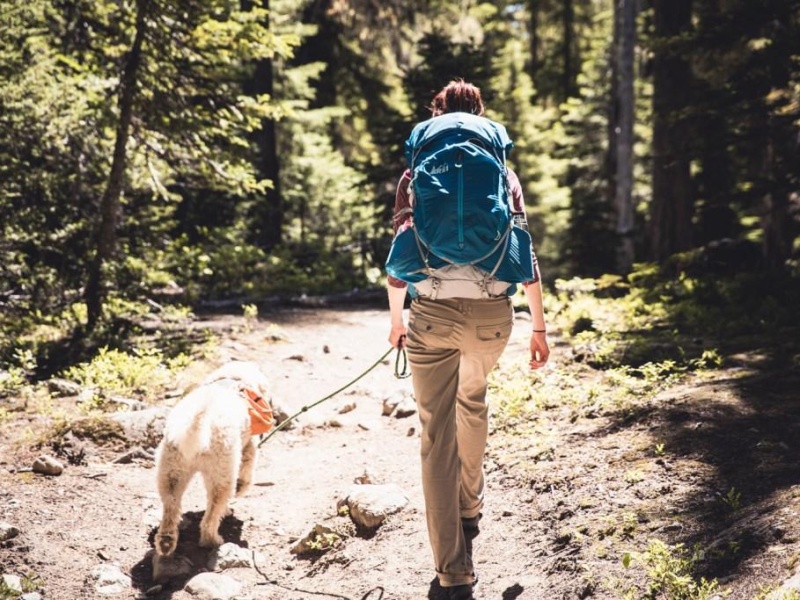
After a backpacking trip, your pet may need some extra care. Check their paws for cuts, blisters, or thorns, and clean them thoroughly. Give your pet a bath to remove dirt, ticks, or other debris. Monitor their behavior and appetite for any signs of illness or fatigue. Allow your pet plenty of time to rest and recover, especially if the trip was particularly strenuous. Reflect on the experience and note any areas for improvement, such as gear adjustments or training needs. Taking care of your pet after the trip ensures they’ll be ready for your next adventure together.
Key Takeaways
Backpacking with a pet can be a rewarding experience, but it requires careful planning and preparation. Choose the right pet for the adventure, pack essential gear, and ensure your pet is well-trained for the trail. Plan your route with your pet’s needs in mind, and prioritize their safety and well-being throughout the trip. Be prepared for emergencies, and always respect nature and other hikers. With the right approach, you and your pet can enjoy many memorable adventures together.
Frequently Asked Questions
Q: Can I bring my cat backpacking?
A: While it’s possible to bring a cat backpacking, it’s generally more challenging than bringing a dog. Cats are less adaptable to outdoor environments and may not enjoy the experience. If you do decide to bring your cat, ensure they are comfortable in a harness and leash, and choose a quiet, less crowded trail.
Q: How do I know if my pet is ready for a long hike?
A: Start with shorter hikes and gradually increase the distance to build your pet’s stamina. Monitor their behavior and physical condition during and after each hike. If your pet shows signs of fatigue or discomfort, they may not be ready for a long hike. Consult your vet for advice on your pet’s fitness level.
Q: What should I do if my pet gets injured on the trail?
A: If your pet gets injured, assess the severity of the injury and provide first aid if possible. For minor injuries, clean the wound and apply a bandage. For more serious injuries, stabilize your pet and seek veterinary care as soon as possible. Always carry a pet-specific first-aid kit and know basic first-aid procedures.



